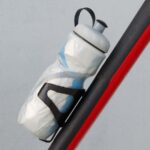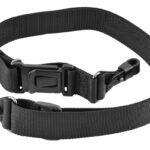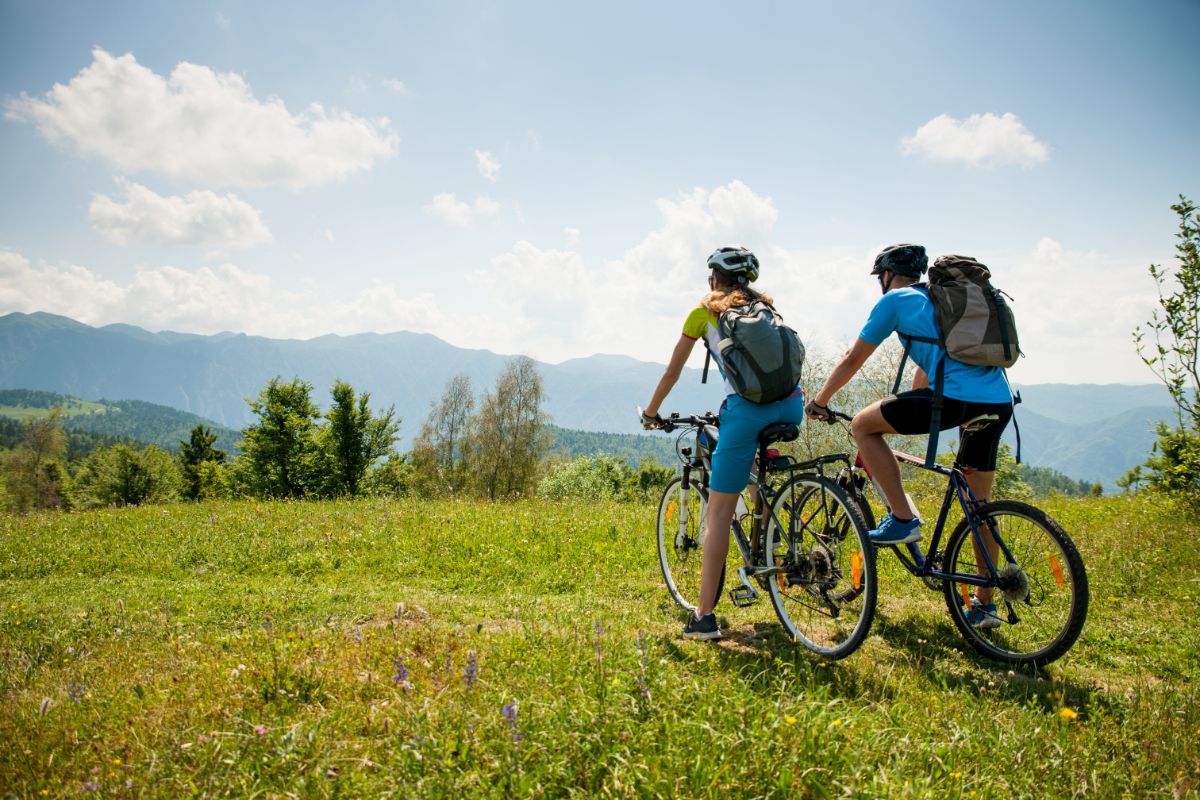
If you are intrigued to know more about Road Bikes vs. Touring Bikes, you’ve reached the right place. Both touring and road bikes look similar from afar, and as a novice, you might think that there is very little difference. You couldn’t be more wrong.
If you travel on smooth surfaces and for short distances, you should use a Road Bike. They are much lighter, whereas touring bikes are heavier, sturdier, and used on rough and uneven terrains.
Now that you know the basic difference,let’s learn more about the various points of difference between the two in more detail.
Road Bike Vs. Touring Bike
1. Construction
Although the two bikes might look very similar, the construction differs depending upon their purpose.
A road bike is generally constructed of aluminum or carbon because its primary function is to render speed. Aluminum provides great efficacy due to its lower weight.
But, steel is the most common material for touring bikes to make them more durable for long expeditions.
Weight
You use Road Bikes to run errands or short-run distances, where they provide a quick speed. As they use carbon and aluminum, they are less likely to support any extra weight other than cyclists. Your water bottle might go with you for the trip.
The characteristic bulky weight of a Touring Bike is because of the strong and durable nature of steel. The sturdiness of steel makes these bikes more suitable for high-speed rides. Touring bikes are very well balanced.
Gearing
Gearing is the relation between the cadence of the bike and the rate at which the wheel turns.
The gearing ratio of the touring bikes is much less to support them on a variety of terrains. If you are purchasing a touring bike, always look for easy and flexible gears. Stiff ones can pose a problem on uphill terrains.
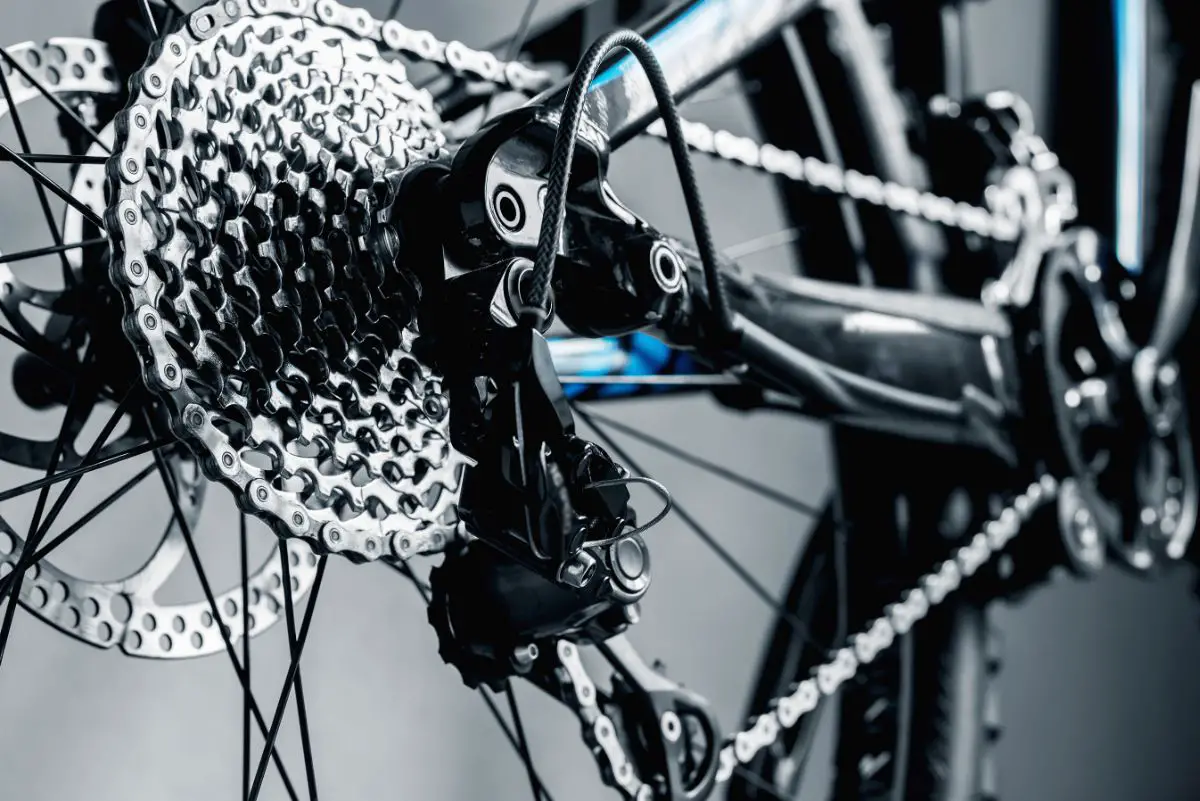
A cyclist must also look for a simple setup of gears. Although the derailleurs are more popular, the internal hubs came much before the derailleurs.
2. Internal Gear Hubs vs. Derailleurs
Internal gear hubs are much easier to maintain and have greater reliability. Thus, on touring bikes, internal hubs are preferred as you don’t have to worry about dirt, sand, or anything going inside the hub. They also make the shifting very easy. YO can shift the gears while not pedaling or are moving uphill. Commuters and travelers like to use internal gear hubs for mental peace as they are hassle-free.
But, if you are looking for more variety in gear range, then internal gear hubs disappoint you. Derailleurs have much more gear range, making them a better option for uphill expeditions.
If you are biking in a remote or less developed area, finding spare parts of IGH can be difficult. Thus, if you are ready to trot in a remote area, pack the spare parts to avoid going haywire.
Now talking about the derailleurs, they are more efficient and easy to repair. Thus, with a great range of gears (up to 600%), they are preferred for long-distance tours. They are lighter, faster, and you can repair them at any remote place.
But, they need more maintenance as many things like greasing and cleaning the chain require a lot of effort. Also, shifting too many gears at a time is not possible.
3. Brakes
The road bikes are generally equipped with Rim brakes, while the touring bikes encompass linear or disc brakes.
Rim Brakes
Rim brakes hold a sturdy grip on the rims of the wheels. The Rim brakes are inexpensive, and you can find them even in remote areas. You can replace them. But, due to considerable friction, they wear out the wheel. Also, if the bike is heavy, the rim brakes are not fruitful in stopping the bike.
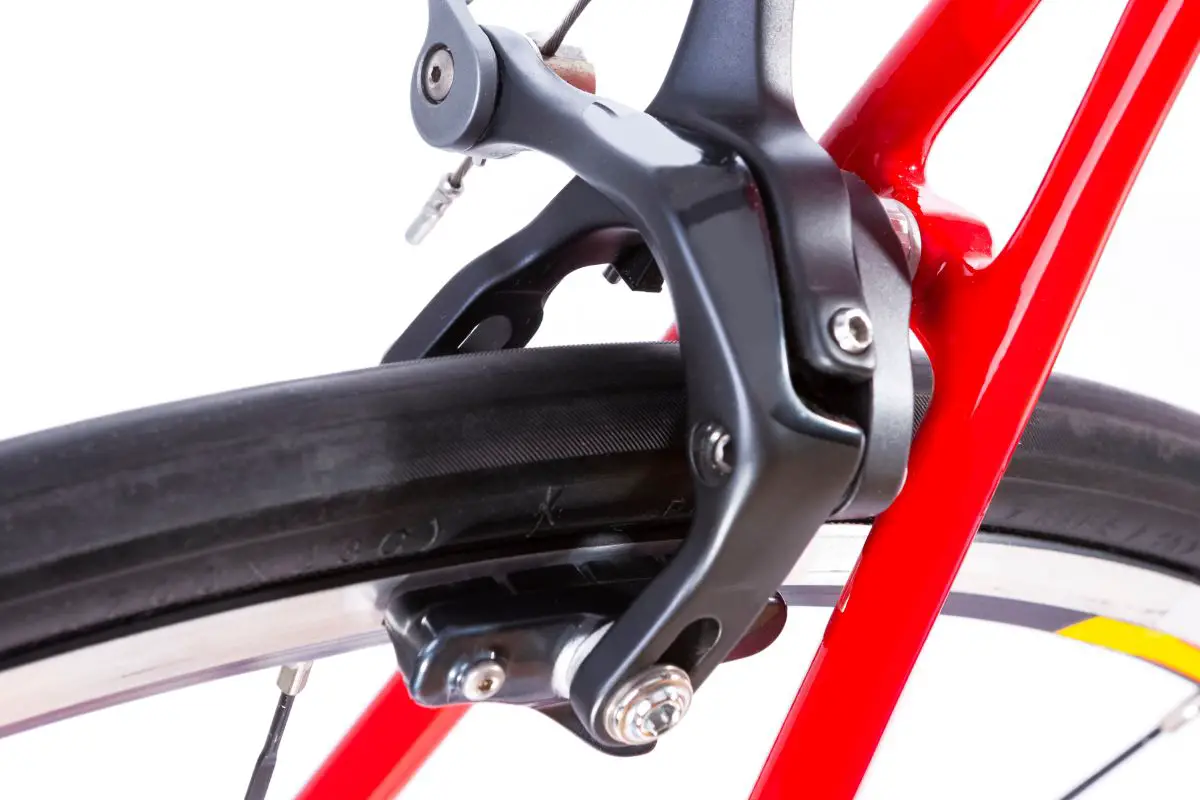
Disc Brakes
Disc brakes But provide more precise stopping. These brakes work better on wet terrains. Thus, disc brakes are better for long expeditions.
Linear Brakes
Linear brakes are considered the most instant and strongest brakes. These are the cheapest ones among the three brakes mentioned and offer excellent resistance. You can use them on both road bikes and touring bikes.
Handlebars
The touring bikes’ handlebars maintain the aerodynamic posture of the cyclist. The touring bike has three types of brakes: drop bars, flat bars, and butterfly bars. If you are new to cycling, you must avoid the drop bars as they are not stable due to their narrow design. But, they offer great aerodynamics for high-speed riding.
Talking about the butterfly handlebars, they offer a variety of holding positions for cyclists. Thus as a beginner, they are a great option for they offer good access to brake levers.
Last but not least, the flat handlebars have much greater control over the leverage. Also, you can change the grip but as they are much wider, maneuvering through traffic is a tough job.
Whether it be the road bike or touring bike, if you’re a beginner, avoid narrow handlebars as they do not provide much grip. Also, a good handlebar must provide different hand positions. For touring purposes, butterfly handlebars are preferred by experts as they offer great hand positions.
If you are looking for touring bikes for mountainous terrains, then have a look at Alt handlebars. They offer different hand positions and are comfortable for newbies.
Purpose
If you are going to ride in a smooth and bump-free terrain, then a road bike is the best option for you. Road bikes are great for on-road racing and running errands.
Touring bikes are for adventurous expeditions and trotting on a journey to rugged mountains and steep hills.
FAQs
Why Are Touring Bikes so Expensive?
Touring bikes support comfortable and long drives, and thus they are more expensive. Steel or titanium used in making their frame gives them durability but also raises their cost.
How to Load a Touring Bike?
Packing for touring depends upon the type of tour for which you are about to set off:
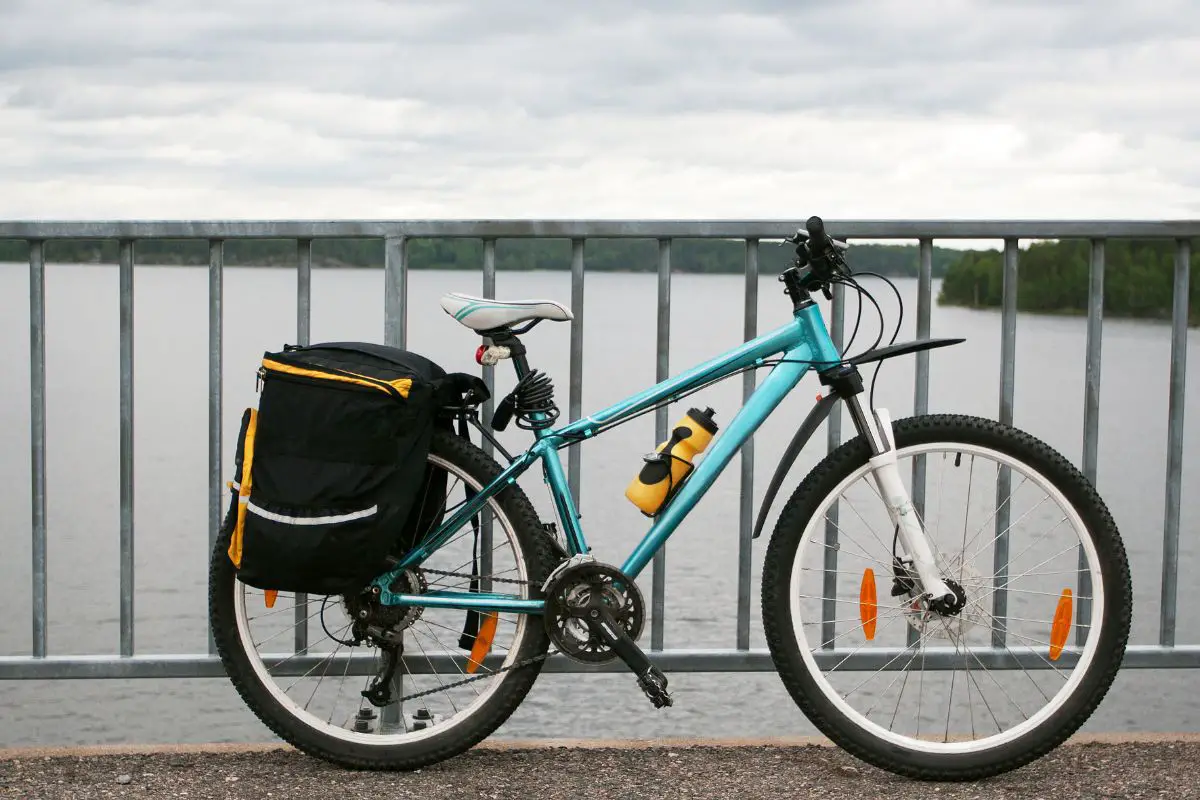
Packing the Panniers
If you are setting on a self-supporting expedition, then you might need more than two panniers. Panniers are large and spacious to store your clothes, food, and other stuff. You can distribute the things and keep two panniers in front and two at the back. Keeping the weight distributed will keep the bike balanced and prevent the risk of falling.
What to Pack?
If you are going on a self-supporting trip, pack clothes, a cooking set, food, backpacking stove. It would be best if you packed the things that you don’t regularly need in the rear panniers. You can pack a sleeping bag for camping.
If you are going to campaign for considerable days, use the front panniers to pack the essentialities. Don’t forget snacks, first aid box, raincoat, medicines, water bottle, juices, toolkit, etc.
Don’t overburden your bike with excess clothing and food. Unless you are traveling to the remotest areas, don’t carry food to last more than a day. Excess packing might also result in spoilage. As a beginner, people have concerns about what to pack and what not to. So they generally carry bulky luggage, which makes their ride uncomfortable and they end up not using most of the things.
Don’t forget that biking is more of an adventurous thing than a flaunting expedition, so don’t overdo it. Pack comfortable and synthetic shirts that are comfortable. Don’t carry more than 3-4 pairs of clothes. You can wash the clothes on the go and let them dry while you ride.
Biking involves trotting to places that might not have a medicine supply. Thus, consult your doctor beforehand. Also, prepare a list of medicines that you are required to carry.
Which Are the Best Touring and Road Bikes?
For long and adventurous expeditions, you can buy Tommaso Siena Shimano Tourney. It is perfect for rugged terrain. It has a great geometry built for classic tours.
The best road bike in my recommendation would be the 6KU urban track. It’s got a super lightweight aluminum body, and you can ride both fixed gear and freewheel on it.
Should I Get a Touring Bike or a Road Bike?
A road bike is fit for soft and smooth terrains and casual riding. If you want to purchase a bike for recreational purposes or learn, then a road bike should be chosen.
A touring bike is for the professionals and trekkers who are into cycling as a passion. These cycle enthusiasts generally go on tours on their bikes. They need a more versatile bike to glide through the sprawling mountains, wet, swampy, marshy terrains, and rugged landscapes.
Conclusion
Before choosing between a Touring bike or a road bike, consider your requirements. Look for the model that is more stable and the one on which you have a good grip.
Try the handlebars and choose the one that offers different hand positions. Consider buying a bike much less than your budget because the biking tours involve costs of food, daily expenses, repairs, staying, camping, etc.




